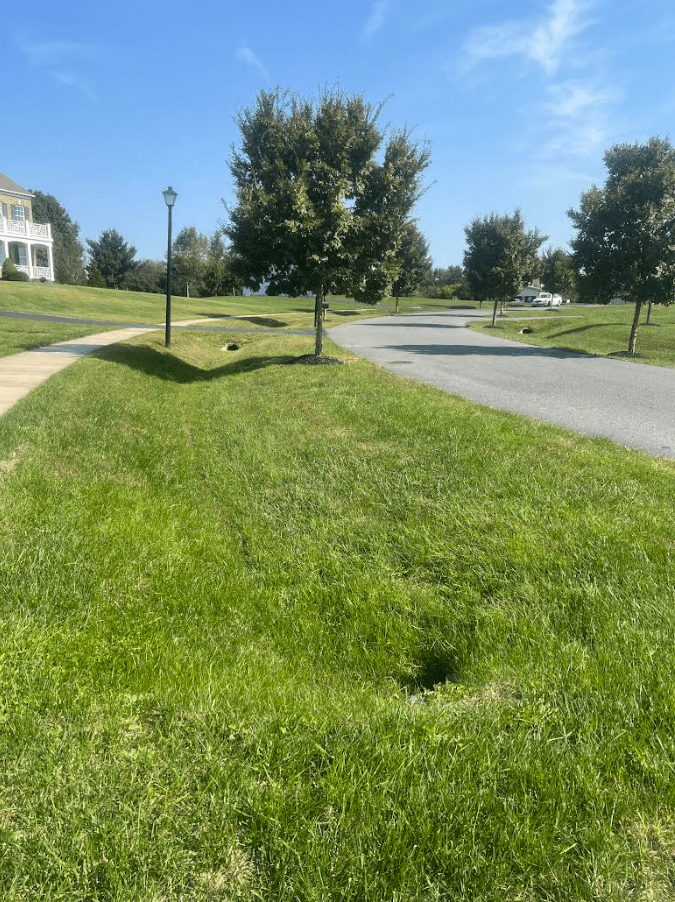Updated: May 3, 2024
Watershed Stewards Academy Curriculum (EC-2020-0518)
The Watershed Stewards Academy (WSA) uses a train-the-trainer approach to instruct and manage a diverse group of Steward volunteer. The goal of the program is to develop Stewards conversant in watershed issues, who provide localized community outreach and assist with the implementation of best management practices focused on stormwater and improving local water quality.The Watershed Stewards Academy Curriculum is a 13-module curriculum, comprised of numerous lessons and activities, that provides participants the basic tools and information for those interested in stormwater management. Each module is approximately 2-3 hours long. This may vary based on local program goals and objectives. Authors: Kelsey Brooks, Eric Buehl, Jennifer Dindinger, Amanda Rockler, and Jackie Takacs; Key Contributors:Suzanne Etgen, Kate McClure, and Taryn Sudol; Title: Watershed Stewards Academy Curriculum (EC-2020-0518)
Updated: February 3, 2021
Understanding Carroll County’s Stormwater Remediation Fee
Stormwater runoff originates during precipitation when water flows over the ground. Impervious surfaces, such as streets and rooftops, increase runoff by preventing water from soaking into the ground. Water running over impervious surfaces can pick up sediment, chemicals, debris, and toxins which are carried to local waterways. These pollutants prevent waterways from being fishable and swimmable.
Updated: January 29, 2021
STORMWATER RUNOFF: WHAT TO DO WHEN IT IMPACTS YOU
Authors:
Eric Buehl
Stormwater runoff is capable of causing nuisance flooding, can negatively impact property, and may be caused by neighbors’ attempts to correct their own flooding issues. Landowners impacted by stormwater runoff should consider educating themselves on their rights and responsibilities, take steps to document the problem, communicate with neighbors and agencies, and seek mediation if the situation cannot be resolved amicably
Updated: January 15, 2021
Slow it Down and Soak it In: Disconnecting and Redirecting Your Downspouts
Impervious surfaces* such as roofs, increase runoff by preventing rain water from being absorbed into the ground. In precipitation events, stormwater runs over impervious surfaces and picks up pollutants such as nitrogen, phosphorous, suspended sediments, organic chemicals, heavy metals, and oil which are washed directly into our storm systems and local waterways.
